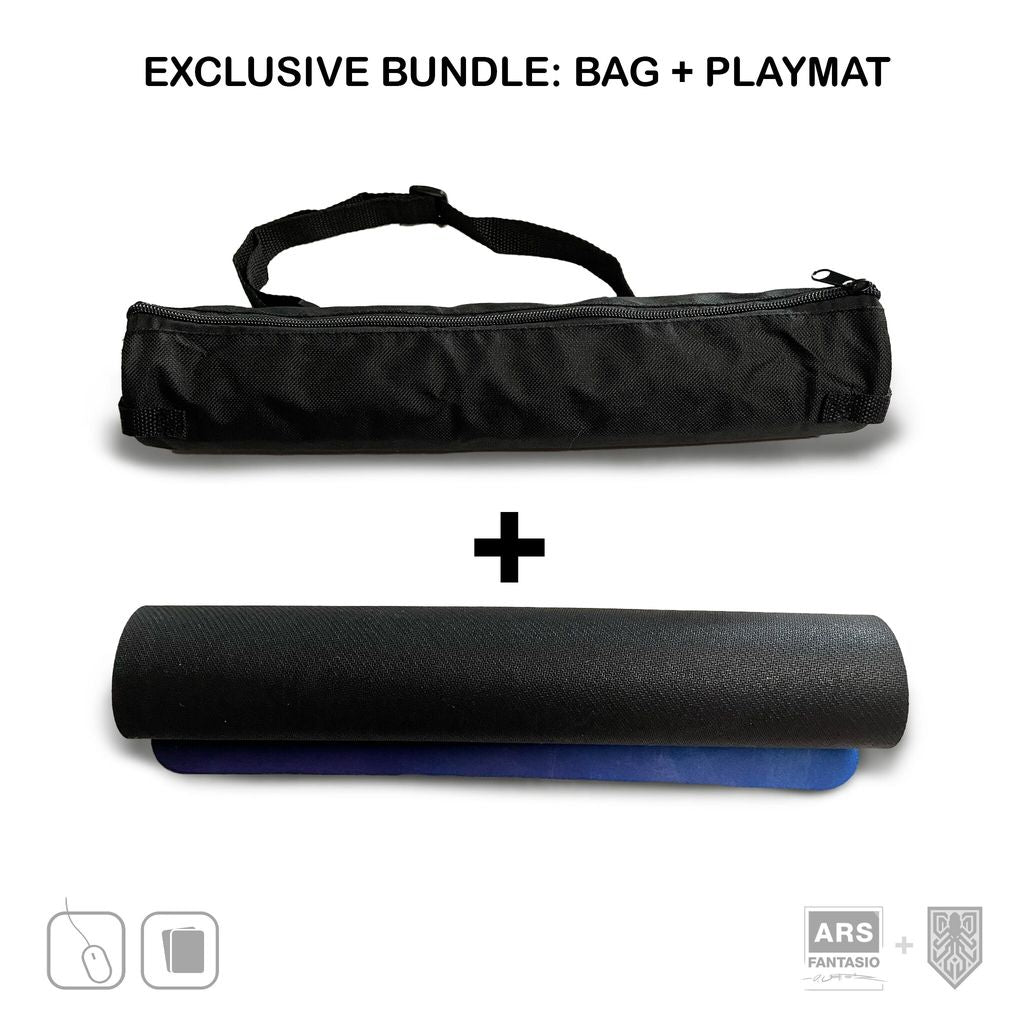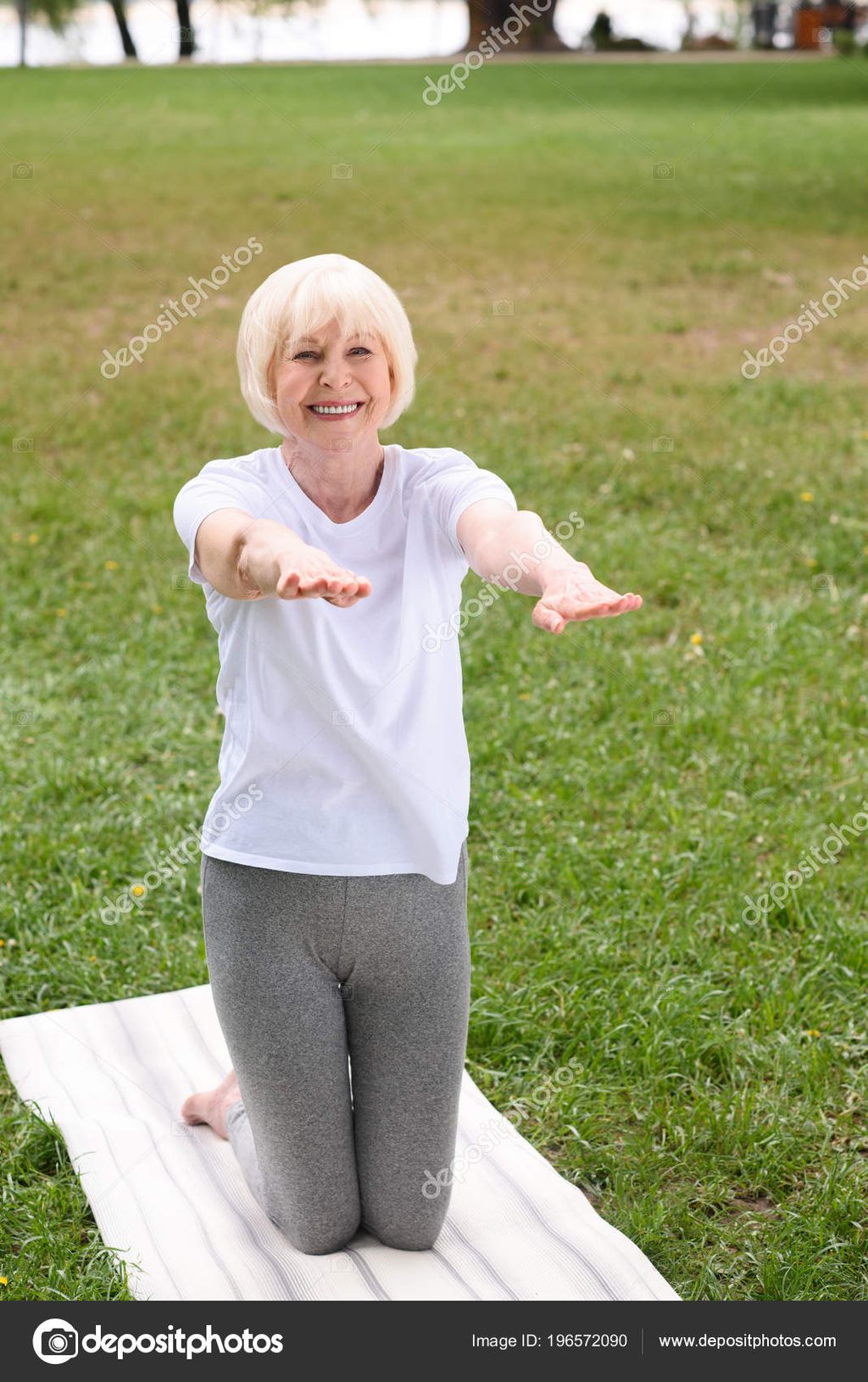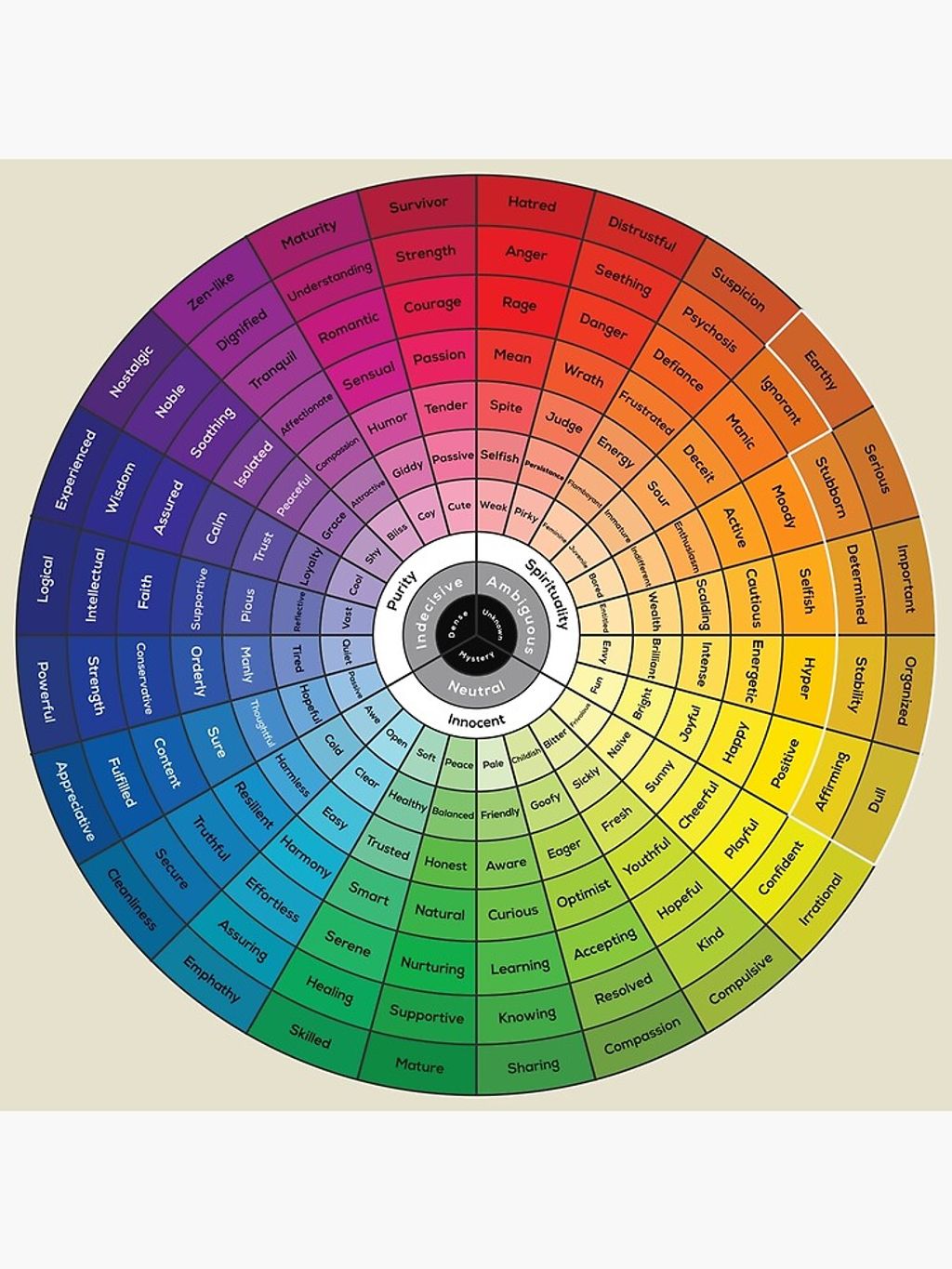
Prevent Slipping on Your Yoga Mat with These Tips
Slipping on your yoga mat can be frustrating and even dangerous. To prevent this, it's important to choose the right yoga mat, prepare it properly, warm up properly, improve your grip, and adjust your alignment. By following these tips, you can enhance your yoga practice and stay safe on your mat.
Key Takeaways
- Choose a yoga mat with a non-slip surface and the right thickness for your needs.
- Clean your yoga mat regularly to remove any oils or dirt that may cause slipping.
- Use a yoga mat towel for extra grip and absorbency.
- Sprinkle some salt on your mat and rub it in to increase traction.
- Warm up properly by stretching your feet and ankles, activating your core, and engaging your glutes.
Choose the Right Yoga Mat
Consider the Material
When choosing a yoga mat, it's important to consider the material it's made of. Nowadays, yoga mats are available in PVC (polyvinyl chloride), natural & synthetic rubber, TPE (thermoplastic elastomers), EVA (Ethylene Vinyl Acetate), PU (polyurethane), and cork. Each material has its own unique characteristics and benefits. PVC mats are durable and provide good grip, but they are not environmentally friendly. Natural rubber mats are eco-friendly and offer excellent traction, but they may have a strong rubber smell. TPE mats are non-toxic and lightweight, making them a popular choice for travel. EVA mats are soft and cushioned, providing extra comfort during practice. PU mats are durable and moisture-resistant. Cork mats are natural and antimicrobial, making them a hygienic option. Consider your preferences and needs when choosing the material of your yoga mat.
Check the Thickness
When choosing a yoga mat, it's important to consider the thickness. The thickness of a yoga mat can affect your stability and comfort during your practice. A mat that is too thin may not provide enough cushioning for your joints, while a mat that is too thick may make it difficult to balance. It's recommended to choose a mat that is around 4-6mm thick, as this provides a good balance between support and stability.
Look for a Non-Slip Surface
When choosing a yoga mat, it's important to look for a non-slip surface that provides the necessary grip for your practice. A non-slip surface will help prevent slipping and sliding, allowing you to focus on your poses and movements.
One option to consider is a mat with a textured surface. These mats often have a pattern or design that enhances grip and provides traction. The texture helps to create friction between your body and the mat, reducing the chances of slipping.
Another factor to consider is the material of the mat. Some materials, like natural rubber, are known for their excellent grip. Look for mats made from high-quality materials that are specifically designed to be non-slip.
Lastly, it's a good idea to read reviews and get recommendations from other yogis. Hearing about their experiences with different mats can help you make an informed decision and find a mat that suits your needs.
Prepare Your Yoga Mat
Clean Your Mat Regularly
Clean Your Mat Regularly
Regular cleaning of your yoga mat is essential to maintain its grip and prevent slipping. To clean your mat, you can use a simple solution of vinegar, baking soda, and a few drops of tea tree oil. Mix these ingredients in a spray bottle and fill the bottle with water. Spray the solution onto your mat and wipe it clean with a cloth or sponge. Regular cleaning will remove dirt, sweat, and oils that can accumulate on the mat's surface and affect its grip.
Use a Yoga Mat Towel
Use a Yoga Mat Towel
Using a yoga mat towel can help prevent slipping during your practice. Yoga mat towels are designed to absorb sweat and provide extra grip, keeping you stable and secure on your mat. They are typically made of microfiber or other absorbent materials that wick away moisture. Simply lay the towel over your mat and practice as usual. It's a simple and effective way to enhance your grip and prevent any accidents.
Sprinkle Some Salt
Sprinkling some salt on your yoga mat can help improve grip and prevent slipping. Salt has natural absorbent properties that can help absorb moisture and sweat, keeping your mat dry and slip-free. To sprinkle salt on your mat, simply take a small amount of salt and evenly distribute it across the surface of your mat. Use your hands to gently rub the salt into the mat, ensuring it is well distributed. Leave the salt on the mat for a few minutes, then wipe it off with a clean cloth or towel. This simple trick can make a big difference in your yoga practice.
Warm Up Properly
Stretch Your Feet and Ankles
Stretching your feet and ankles is an important part of warming up before a yoga session. It helps to improve flexibility, prevent injuries, and enhance your overall performance. Here are some effective stretches and exercises to target your feet and ankles:
-
Calf Raises: Standing on both feet, raise both of your heels off the floor. Hold the position for 2 seconds, then lower your heels to the floor. Repeat 10 times.
-
Toe Stretch: Sit on the floor with your legs extended in front of you. Loop a towel around the ball of your foot and gently pull it towards you, feeling a stretch in your toes. Hold for 30 seconds on each foot.
-
Ankle Circles: Sit on a chair with your feet flat on the floor. Lift one foot off the ground and rotate your ankle in a circular motion. Repeat 10 times in each direction.
Remember to perform these stretches and exercises with control and listen to your body. If you experience any pain or discomfort, stop immediately and consult a healthcare professional.
Activate Your Core
Activate Your Core
To improve your stability and prevent slipping on your yoga mat, it's important to activate your core muscles. Your core muscles, including your abdominal muscles and back muscles, play a crucial role in maintaining balance and stability during yoga poses. By engaging your core, you create a strong and stable foundation, which can help prevent slipping on your mat.
To activate your core, focus on drawing your belly button in towards your spine and engaging your abdominal muscles. You can also try incorporating core-strengthening exercises into your yoga routine, such as plank poses or boat poses. These exercises will not only improve your core strength but also enhance your overall stability on the mat.
Engage Your Glutes
Engaging your glutes is an important aspect of preventing slipping on your yoga mat. By activating your glute muscles, you can improve your stability and balance during your yoga practice. Here are some tips to help you engage your glutes effectively:
Improve Your Grip
Use Grip Enhancing Products
When it comes to improving your grip on the yoga mat, there are several products available that can help. Grip enhancing products such as grip sprays, grip gloves, and grip socks are designed to provide extra traction and prevent slipping during your yoga practice.
One popular grip enhancing product is grip sprays. These sprays are applied directly to the yoga mat and create a tacky surface that helps your hands and feet stay in place. They are easy to use and can be reapplied as needed.
Another option is grip gloves. These gloves have textured palms that provide a secure grip on the mat. They are especially useful for individuals who have sweaty hands or find it difficult to maintain a firm grip.
Grip socks are another great option. These socks have rubberized soles that offer excellent traction on the mat. They are comfortable to wear and can be used in place of regular socks during your yoga practice.
Using grip enhancing products can significantly improve your grip and stability on the yoga mat, allowing you to focus on your practice without worrying about slipping.
Apply Chalk or Rosin
Applying chalk or rosin to your hands can greatly improve your grip on the yoga mat. Chalk and rosin are both substances that help absorb moisture and increase friction, making it easier to hold poses and prevent slipping. Chalk is a powdery substance that can be applied directly to your hands, while rosin is a sticky substance that is usually applied in spray form. Here are some tips for applying chalk or rosin:
- Hold the spray bottle 3 inches away from your hands and spray onto your palms.
- Rub your hands together to distribute the chalk or rosin evenly.
- Let the chalk or rosin air dry for about 30 seconds.
- If needed, apply additional coats of chalk or rosin for a stronger grip.
Remember to wash your hands after using chalk or rosin, as they can leave residue on your mat.
Try Yoga Gloves or Socks
If you're looking for an extra boost in grip during your yoga practice, you may want to consider trying yoga gloves or socks. These innovative accessories are designed to provide additional traction and stability, helping to prevent slipping on your mat. Yoga gloves and socks come in a variety of styles and materials, allowing you to find the perfect fit for your needs. Whether you prefer the added grip of gloves or the freedom of movement offered by socks, incorporating these items into your practice can enhance your overall experience.
Adjust Your Alignment
Focus on Your Foundation
When practicing yoga, it's important to focus on your foundation. Your foundation refers to the contact points between your body and the yoga mat. By establishing a strong and stable foundation, you can prevent slipping and improve your balance during your practice. Here are some tips to help you focus on your foundation:
- Distribute your weight evenly across your hands and feet.
- Press firmly into the mat with your palms and the balls of your feet.
- Engage your core muscles to create stability.
- Align your wrists, elbows, and shoulders in a straight line.
- Relax your neck and gaze slightly forward.
By paying attention to your foundation, you can enhance your yoga practice and prevent slipping on your mat.
Align Your Joints
Proper alignment of your joints is crucial for preventing slipping on your yoga mat. When your joints are aligned, you create a stable foundation that allows you to maintain balance and stability throughout your practice. Here are some tips to help you align your joints:
- Focus on Your Foundation: Start by grounding your feet firmly into the mat. Spread your toes wide and distribute your weight evenly across your feet.
- Engage Your Muscles: Activate the muscles around your joints, such as your quadriceps, hamstrings, and glutes. This will help to stabilize your joints and prevent them from slipping.
- Align Your Joints: Pay attention to the alignment of your knees, hips, and shoulders. Keep them in line with each other to maintain proper posture and stability.
Remember, proper alignment is key to preventing slipping on your yoga mat and ensuring a safe and effective practice.
Engage Your Muscles
Engaging your muscles is crucial for maintaining stability and preventing slipping on your yoga mat. When you activate your muscles, you create a strong foundation that helps you stay balanced and secure during your practice. Here are some tips to help you engage your muscles effectively:
- Focus on the muscles in your feet and ankles. By stretching and strengthening these muscles, you improve your overall stability.
- Activate your core muscles. A strong core provides support for your entire body and helps you maintain proper alignment.
- Engage your glutes. Your glute muscles play a key role in stabilizing your hips and pelvis, which is essential for maintaining balance on your mat.
Remember to listen to your body and work within your limits. Over time, with consistent practice, you will develop greater strength and stability on your yoga mat.
Adjust Your Alignment
Conclusion
In conclusion, by following these tips, you can prevent slipping on your yoga mat and enhance your practice. Remember to choose a mat with good grip, clean it regularly, use a towel or grip-enhancing products, and maintain proper form and alignment. With these precautions, you can enjoy a safe and slip-free yoga experience.
Frequently Asked Questions
How do I choose the right yoga mat?
When choosing a yoga mat, consider the material, check the thickness, and look for a non-slip surface.
How often should I clean my yoga mat?
It is recommended to clean your yoga mat regularly, especially if you use it frequently. You can use a mat cleaner or simply wipe it down with a damp cloth.
Can I use a regular towel instead of a yoga mat towel?
While a regular towel can provide some grip, it is not designed specifically for yoga practice. A yoga mat towel is specially designed to absorb sweat and provide better traction on the mat.
What can I do if my yoga mat is too slippery?
If your yoga mat is too slippery, you can sprinkle some salt on it and wipe it down with a damp cloth. This can help improve the grip of the mat.
Are grip enhancing products effective?
Yes, grip enhancing products such as yoga mat sprays or grip sprays can help improve traction on your mat. However, it's important to read and follow the instructions provided by the manufacturer.
Should I use yoga gloves or socks?
Using yoga gloves or socks with grip can be helpful if you have trouble maintaining grip on your mat. They provide extra traction and can help prevent slipping.


